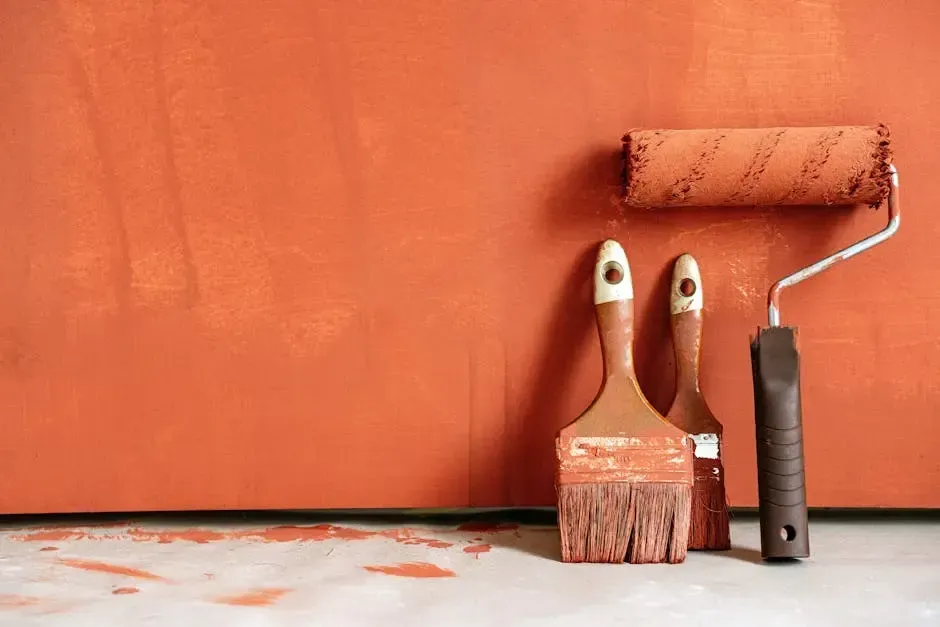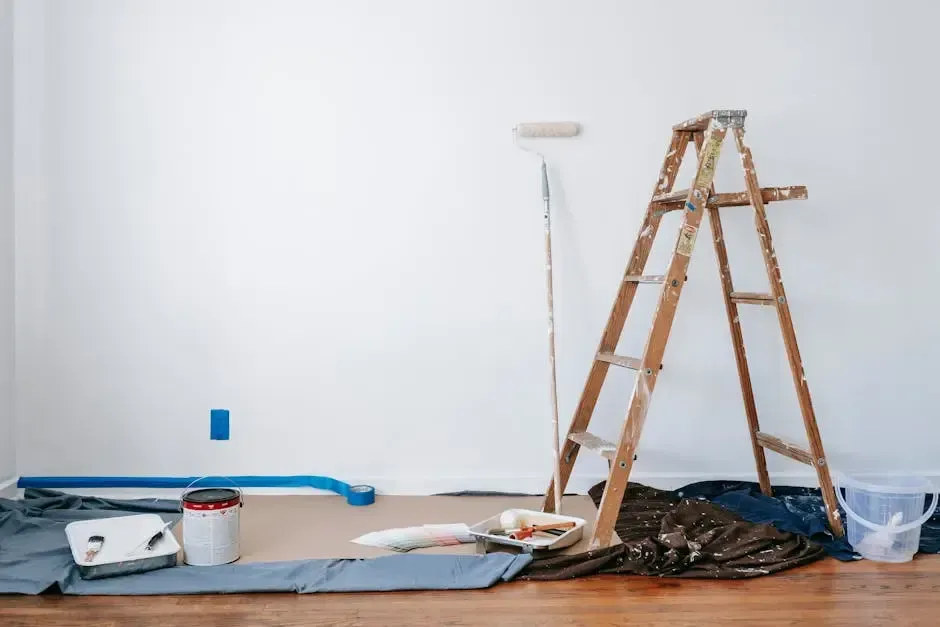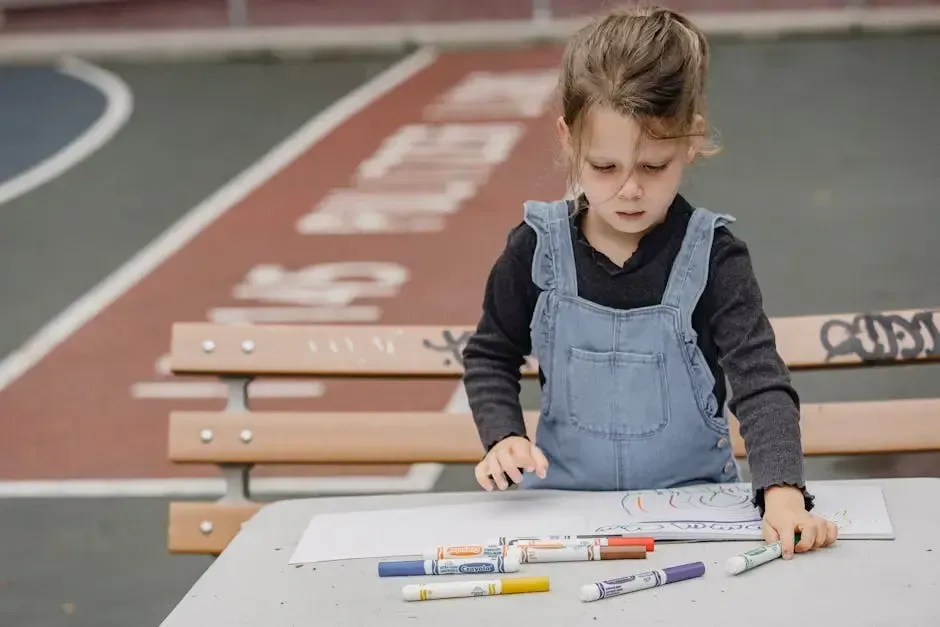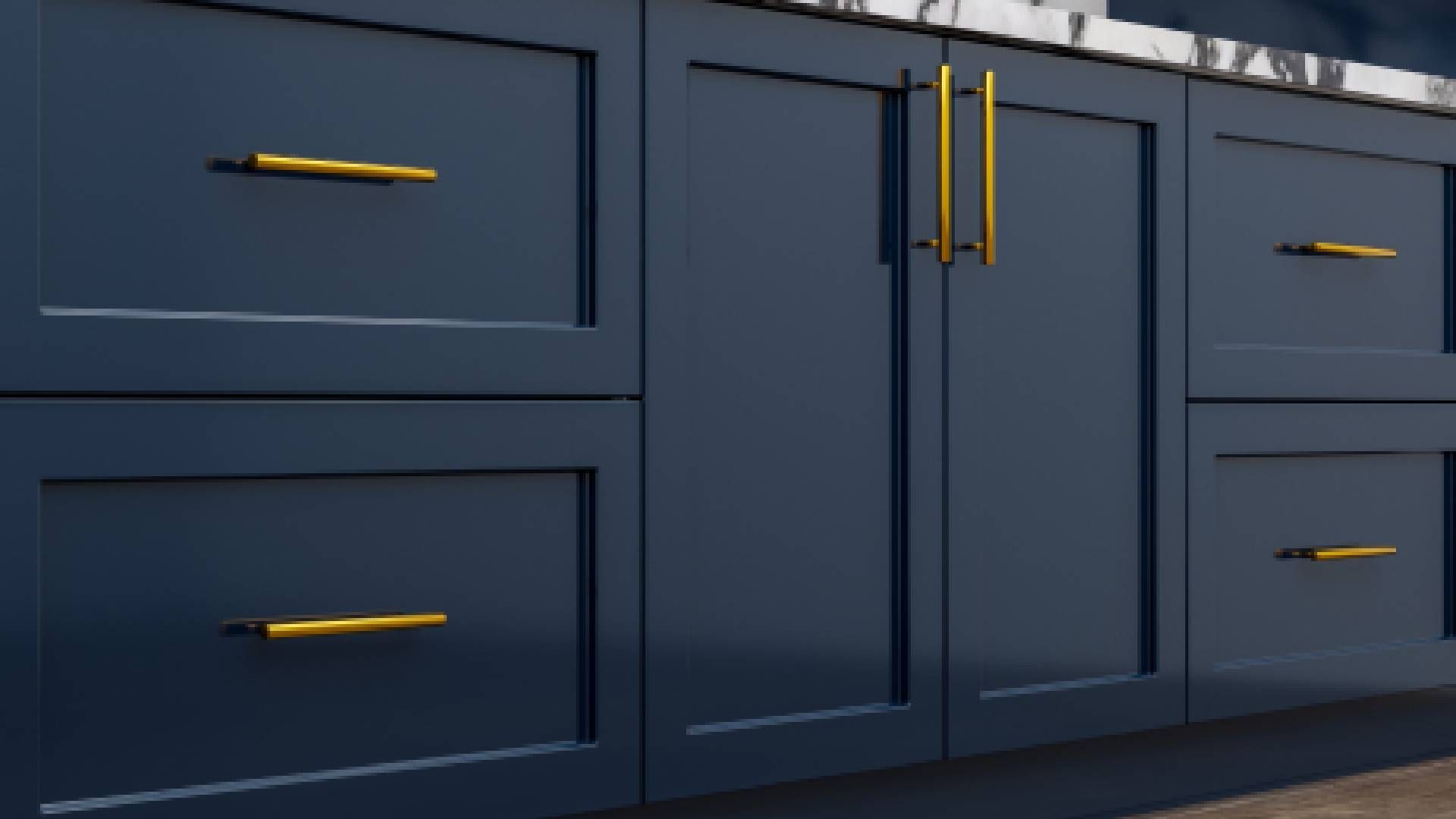8 Paint Brush Techniques to Enhance Your Home's Interior
Transforming your home's interior can be as simple as mastering a few paint brush techniques. Whether you're a seasoned painter or just starting, these techniques will elevate your painting game and help you create stunning effects in your living space. Let’s explore some innovative ways to use paint brushes that will make a significant difference in your home decor.

1. The Classic Stippling Technique
Stippling is a paint brush technique that creates texture through a series of tiny dots. It's perfect for accent walls or artistic details that aim to capture interest without overwhelming the space. To start, use a stiff-bristled brush to apply paint in a dabbing motion. This method allows you to layer colors effectively, giving depth to a surface that might otherwise seem flat. Experiment with varying sizes of stippling; this can lead to a beautifully intricate effect that draws the eye.
For those looking to add a unique touch, consider combining stippling with other techniques. For instance, you can create a layered stippling effect using different colors. Imagine a soft blue stipple over a white base; the result is ethereal, resembling a cloudy sky. Additionally, try playing with paint density—some areas can have more paint for darker spots, while others remain lighter to create contrast.
2. Exploring the Dry Brush Method
The dry brush method is an intriguing technique that emphasizes texture. It involves using a brush that is nearly dry, thus allowing for a subtle application of paint. When you sweep the brush across your surface, you'll notice that it only catches on the raised areas, creating a striking visual texture. This technique is particularly effective for furniture or woodwork, giving them an aged, weathered look that can add character to any room.
One of the appeals of the dry brush method is its accessibility. Anyone can try it, regardless of their experience level. Start by choosing a color that contrasts with your base coat to allow the effect to pop. As you master this technique, think about incorporating colors that blend harmoniously; this creates a more serene and blendable appearance throughout your space. The beauty lies in the layers of color emerging as you apply this technique, revealing a beautiful interplay of hues on your surfaces.
3. Sponge Painting for Unique Textures
Sponge painting is a playful and vibrant technique that can radically transform a room's ambiance. By using a natural or synthetic sponge, you create soft, cloud-like patterns or rich textures, enhancing the walls and ceilings of your living space. To begin, apply a base coat; once dry, dip your sponge into a second color and gently dab it onto the surface. This technique invites creativity and allows you to paint freely—don’t be afraid to mix colors for more dynamism.
You can also customize the look with varying sponge sizes and shapes. A larger sponge creates broader textures, while a smaller sponge can be used for intricate details. For a cohesive design, try coordinating colors with the furniture or decor pieces in the room. This technique is especially lovely in kids’ rooms or playful spaces, as it encourages liveliness and can be a fun project to undertake together.
4. Creating Ombre Effects with Brushes
Ombre effects create a beautiful gradient of color that adds depth and sophistication to any wall. This technique is especially popular in modern interiors, where a seamless transition between shades can bring a serene and captivating element to your home. To execute this, start with a base color applied to the whole area, and then blend in a second, contrasting color at the top. A clean, dry brush helps mix the two hues together smoothly, creating that sought-after fade.
The key to success lies in the blending technique. Use a methodical approach, working quickly before one color dries out. As you blend, make sure to vary the pressure on your brush; this helps to achieve a balanced ombre effect. You may also want to add a third shade for additional dimension, especially if you're aiming for a more dramatic look. Ombre techniques are not limited to walls; you can apply them to furniture or decorative pieces for a unified design theme.
5. Layering Colors for Depth
Layering colors not only adds depth to a surface but also opens up a world of creative possibilities. This technique involves applying multiple coats of different colors, allowing each layer to show through at various points. It’s an approach that requires patience, but the results can be breathtaking. Start with a neutral base, allowing it to dry fully before introducing your first colored layer. Subtle color changes can often evoke feelings of warmth and harmony in your space.
One effective way to layer colors is by using different sheens—matte and glossy finishes pair beautifully to create interesting visual effects. Additionally, varying your brush types can alter the outcome; a densely bristled brush can lay down paint differently than a soft one. Keep in mind that darker colors on the top layer will overshadow lighter ones, so it’s best to plan your color placements ahead of time, ensuring your intended palette shines through.
6. Adding Dimension with Glazing
Glazing is a sophisticated technique that adds a layer of translucency to your decor. By applying a glaze over a base coat, you create a sense of depth and dimension that transforms even the simplest room. To achieve this effect, mix a clear glaze with your chosen color and apply it with a brush or sponge, emphasizing areas you want to draw attention to. This technique works wonders for doors, cabinets, or even accent walls, giving them an updated and polished feel.
One of the highlights of glazing is its versatility. You can decide whether to apply a heavy or light layer based on the effect you wish to achieve. A heavier application will yield a more dramatic appearance, while a lighter touch gives a subtle glow. Experimentation is encouraged here! You may also layer different glaze colors for an even more customized look. For those looking to enhance their home with elegance, glazing could become your go-to technique.
7. Mastering the Tape Technique
Tape techniques can make a significant difference in achieving crisp, clean lines when painting. This method helps in separating colors and designs, turning a simple task into an art form. Start by applying painter's tape along the edges where different shades will meet. After ensuring that the tape is pressed down firmly, paint your chosen color over it. Once the paint is dry, remove the tape gently to reveal perfectly straight lines and a professional finish that elevates the entire room.
Different designs are achievable with this method; consider creating stripes or geometric shapes that can act as statement pieces in a room. Additionally, using various tape widths can yield different effects, making it a versatile option for any design project. Just remember, the key is patience—allow each layer to dry properly before moving on to the next. With practice, mastering this technique will empower you to delve into complex designs, setting your painting projects apart.
8. Faux Finishes to Impress
Faux finishing techniques offer a plethora of options to create stunning visual effects without the expense of high-end materials. They allow you to simulate textures like marble, wood, or even metal using paint and brushes. For example, a simple sponge technique can mimic the look of aged concrete, giving your walls an industrial vibe. Alternatively, you could employ a rag rolling method, twisting the rag and rolling it through wet paint for a unique texture that adds depth to your decor.
To get started with faux finishes, select complementary colors that align with your room’s palette. A good approach is to experiment on a small area or a piece of furniture before committing to larger surfaces. This will give you insight into how the finish will look in the context of your space. Additionally, blending various techniques within one room can enhance the visual storytelling, creating a cohesive yet multifaceted look. Faux finishes are all about creativity; let your imagination run wild as you transform your home.




